00 Gauge - Charde
Posted
Inactive Member
Another station on the Devan and Summersett
[user=269]MaxSouthOz[/user] wrote:Also locos powered with coloured string. . . and steam powered radio. ;-)
Any DCC is better than no DCC
Posted
Guest user
Actually I had to use my DC knowledge on a DCC layout Friday Night - I will create a new thread about it.
Posted
Inactive Member
Oh no! Mixing DC with DCC may cause an electronic demarcation dispute.I am thinking of a response or two for you two !!!
Actually I had to use my DC knowledge on a DCC layout Friday Night - I will create a new thread about it.
I can see the DCC union president calling an imdediate digital packet strike.:pedal
Any DCC is better than no DCC
Posted
Guest user
Now DC vs DCC - I am involved in helping to build a layout that can be either & Ian, you know him & you have visited him before & this coming Saturday, you would have seen the result.
Anyway, your layout is a mix of DC, DCC & AC is it not quest:
Posted
Inactive Member
Yes, and my layout shed lights are AC too, 240 volts to be exact.Well, not a new thread but added to an existing one re Peco side mounted motors.
Now DC vs DCC - I am involved in helping to build a layout that can be either & Ian, you know him & you have visited him before & this coming Saturday, you would have seen the result.
Anyway, your layout is a mix of DC, DCC & AC is it not quest:( DC for LEDs, DCC for trains & point decoders & AC to operate the solenoids).
Most of my leds are actually op with AC.
To the doubters, LEDS do work on AC voltage. With the apropriate resitor of course.
Yes, my points are op with AC after the button has been pushed on the DCC controler.
If we really want to split hairs ( I havn't got many left to split) my DCC system is initially powered by AC.
So when we get down to tin tacks this DCC is a load of malarky. Most layoouts are powered by AC or DC anyway.
DCC or not. :hmm
Well b—-r me, I have been hoodwinked "again"!quest: :thud
Cheers
Ian
Any DCC is better than no DCC
Posted
Inactive Member
Craig SR
Posted
Inactive Member
Just admit it Ron - Those of us that know you think you are a genius.
Craig SR
Posted
Full Member
And those of us who don't know him ……………..?
Just admit it Ron - Those of us that know you think you are a genius.
 hmm:hmm
hmm:hmm
'Petermac
Posted
Guest user
Not yours Craig ,as Ian has not been to your place & would not have been seeing it this coming Saturday.Whose layout are you referring to??
And the other bit - OK compliments are nice but cash is better
Posted
Guest user
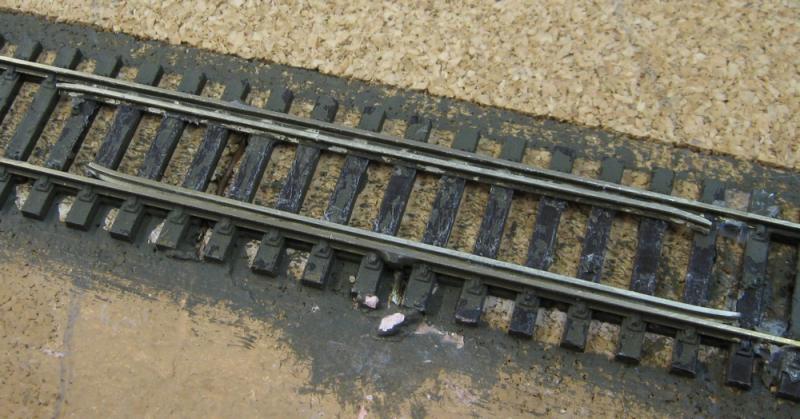
The tunnel mouth, etc. all finished plastering & base colour added.
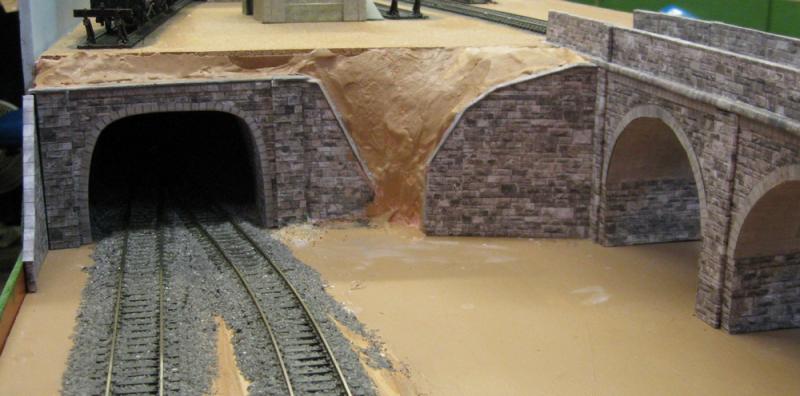
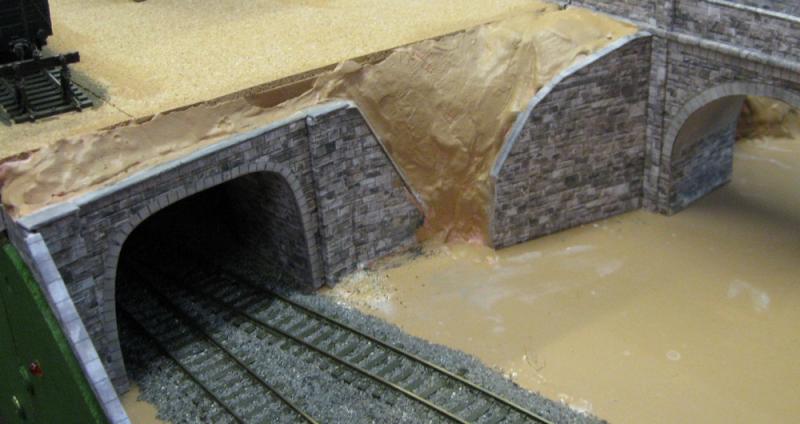
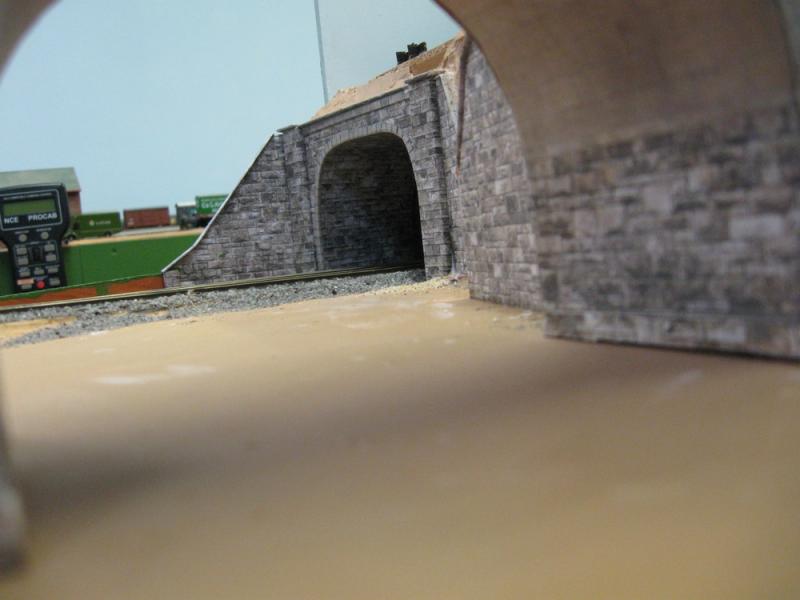
Posted
Inactive Member
Max
Port Elderley
Port Elderley
Posted
Legacy Member
I know the D&S has its own way of doing things but you might care to bear this in mind.
Posted
Guest user
That said, I have quite a few more to & the other small station, Mynend will be a good place to try out using timber.
Posted
Guest user
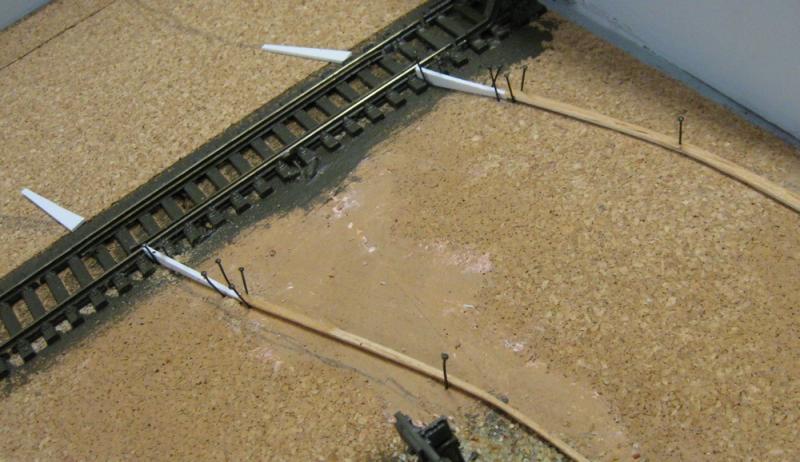
Some grey acrylic paint mixed into plaster & this is first road I have done this way - at Barnstable, I used Scalescenes papers.
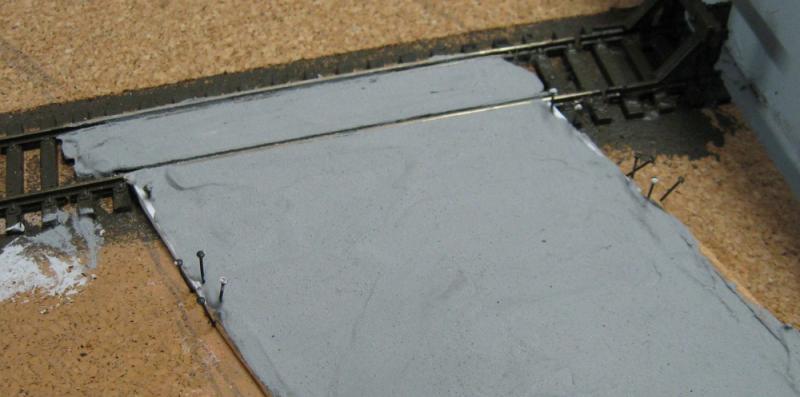
When it is dry, then a light sanding & some darking colouring - I may paint PVA all over it to help give it strength first.
Posted
Inactive Member
Max
Port Elderley
Port Elderley
Posted
Full Member
Did you put any PVA in the mix ? I've read somewhere that it adds some strength whilst also allowing for some tiny element of flexibility………….:roll:
It certainly looks good in the photo - nice colour too. :thumbs
'Petermac
Posted
Guest user
Posted
Guest user
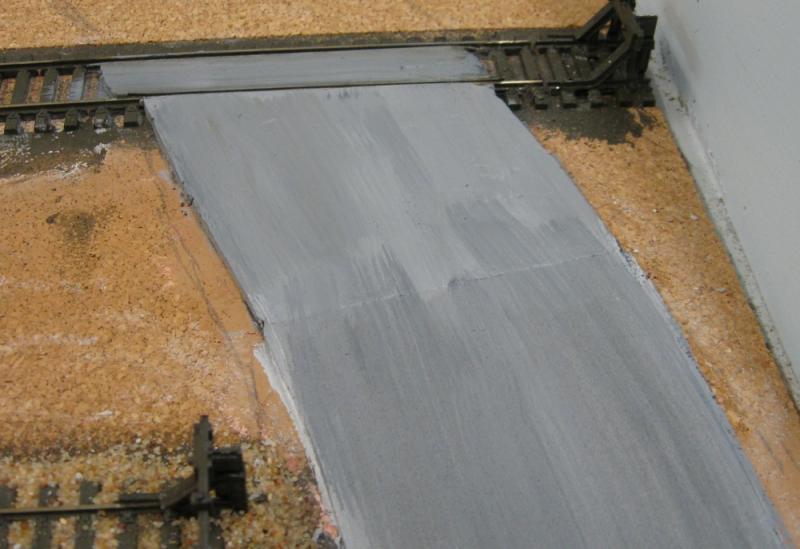
when it is dry from the re-coloring now, a thin PVA coat & then a darker grey & weathered with powders.
Now to carry on with the other side.
For the road crossing at the end near the viaduct, I will try a different approach.
Posted
Guest user
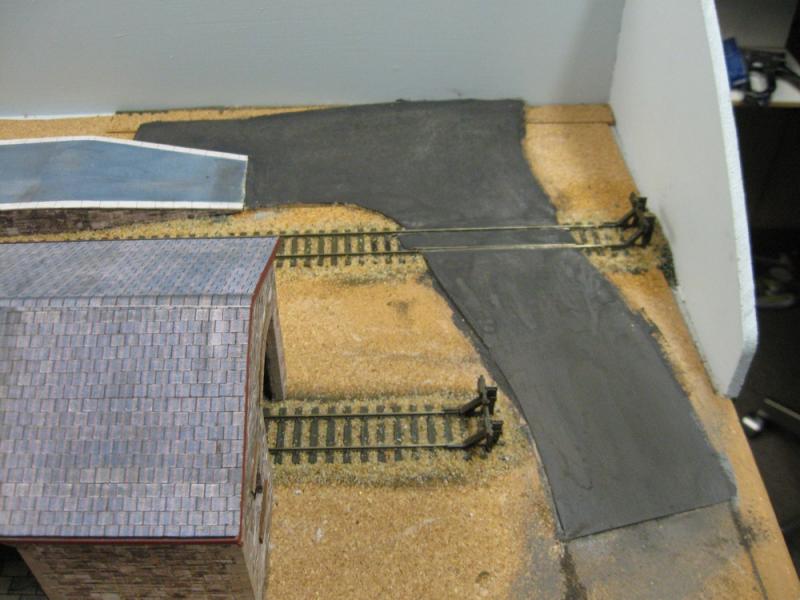
Before I continue the road behind the platform, I need to build steps & a ramp
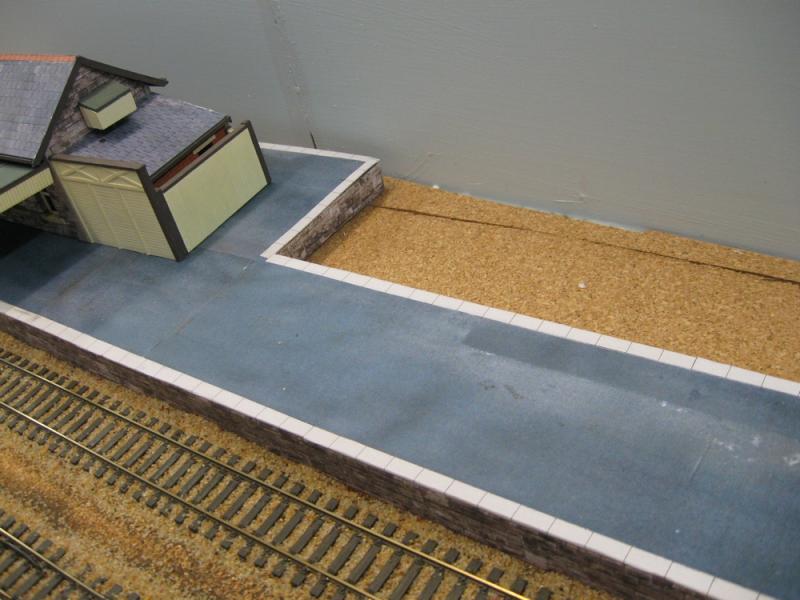
all ballasted now - to be weathered of course
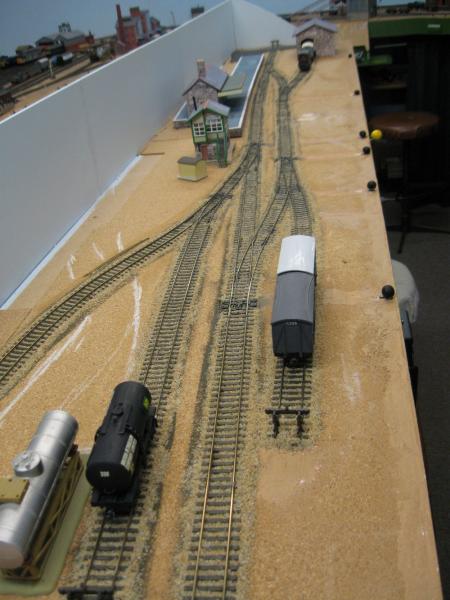
I am not sure what my next job number is !!!
Posted
Full Member
What is your final judgement on the balsa, would you do it again or try something else?
Wayne
1 guest and 0 members have just viewed this.

